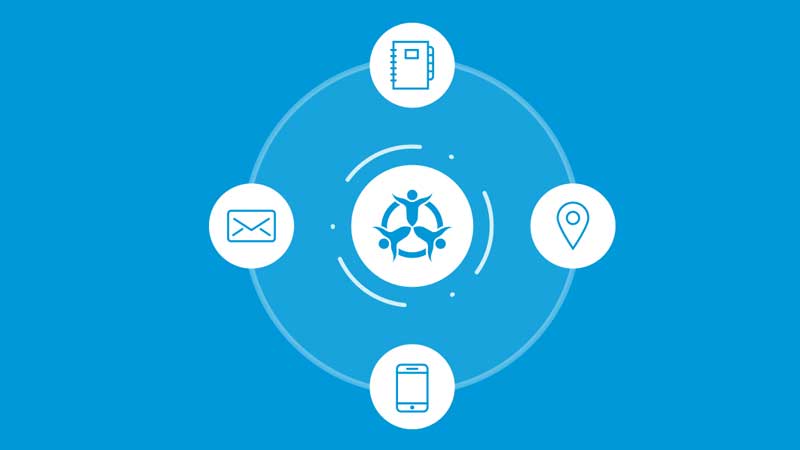
The water utilities are not fully aware about the active water leaks in their water supply networks. It becomes noticeable only when the leaks becomes big and water start accumulating on surface or until the customers themselves understand that a leak is negatively impacting their water bill. The utilities are likely would not have much interest in the available data.
In India with such a large population running into 1400+ million and growing where our water consumption runs into trillions of litres of fresh water every day; it is losing almost 50% of water supply to leaks and pilferage as non-revenue water. There are several water utilities in the country where the leaks runs into 70% and above of their total water supply.
With analytics-based consumer engagement tools in place, water utilities can share the responsibility for leaks and water conservation with customers - empowering them to monitor for leaks and better manage their usage. These tools establish around-the-clock self-service option and improve the customer experience by reducing calls to the consumer helpline, reducing complaints and the need for high-bill adjustments.
Automatic meter reading (AMR) technology allows water utilities to take reading and alert the customers of any potential leak in their supply line as well as issuing alerts to the engineering at control centre. The most obvious problem in India and most other countries is that the meter reading only happens monthly, there can be a significant lag between when a leak starts and when it’s detected. That is where the advanced metering infrastructure (AMI) comes into play as a better solution because it collects readings several times an hour to provide immediately actionable information.
SPML Infra has seen the difference of AMI project in Delhi as part of smart city infrastructure. It has executed a pilot project in West End, Vasant Vihar, New Delhi where an integrated system of smart meters, communications networks, and data management systems that enables two-way communication between utilities and customers were deployed. It helped in smart management of water supply and distribution network.
Beyond the more immediate leak detection benefits of AMI compared to AMR, providing access to the data is what begins to shift the ownership and responsibility to consumers. This happens through the use of portals and smartphone apps. Web-based portals can provide years of historical data for customers to dig into. They also allow access to weather data overlays, to determine how rain and/or temperature may have impacted water usage, and the ability to set up leak alerts. Smartphone apps have most of the same capabilities but are more convenient.
By deploying AMI and providing customers access to their account with easy-to-use tools, water utilities are more likely to improve customer service operations, customer relations and overall customer satisfaction.